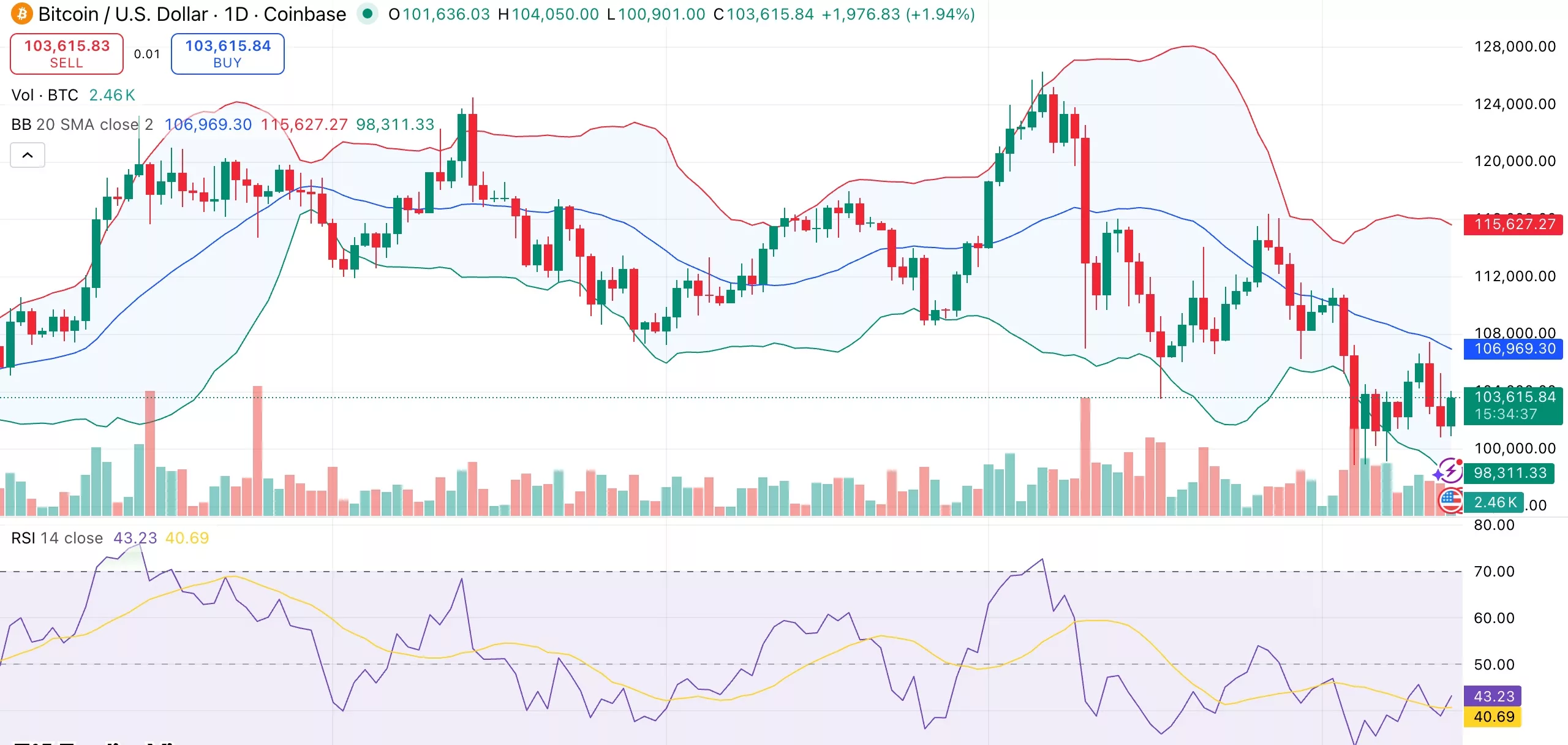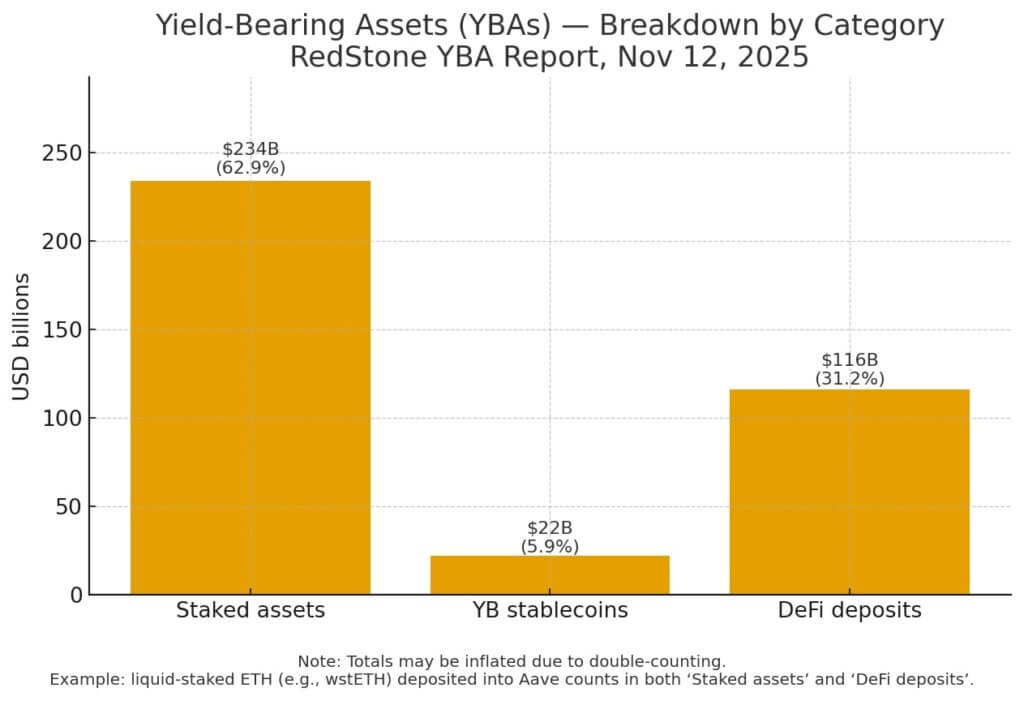- SEC aims to modernize outdated crypto rules
- New “token taxonomy” to guide asset classification
- Goal: Provide clarity for developers, investors, and regulators
The U.S. Securities and Exchange Commission (SEC) is taking a significant step toward updating its crypto framework. Former SEC Commissioner Paul Atkins has revealed plans for a “token taxonomy” — a system aimed at clearly defining how digital assets should be classified under U.S. law.
This initiative seeks to remove the confusion that currently surrounds crypto asset categorization, helping regulators, developers, and investors better understand which rules apply to which types of tokens.
Atkins emphasized the need for this reform to reflect the rapidly evolving blockchain and digital asset ecosystem. By proposing a taxonomy, the SEC wants to move away from outdated methods and create a more flexible, innovation-friendly environment.
What Is a “Token Taxonomy”?
The token taxonomy is essentially a classification framework that distinguishes between different types of digital assets, such as utility tokens, payment tokens, and security tokens. This clarity could significantly reduce regulatory uncertainty, which has been a longstanding hurdle for the crypto industry in the U.S.
Instead of judging each token case-by-case using tests like the Howey Test, a token taxonomy could provide a universal guide that helps stakeholders understand compliance requirements in advance.
According to Atkins, this structure would not only improve regulatory efficiency but also foster greater trust between regulators and the crypto industry. It’s a move many in the industry see as overdue, especially as other countries advance their own crypto regulatory frameworks.
Industry Reaction and What Comes Next
The crypto community has largely welcomed Atkins’ proposal, viewing it as a potential game-changer for the U.S. crypto landscape. Clearer rules could encourage innovation and attract more institutional investment into the sector.
However, this taxonomy still needs to be formally adopted and integrated into the SEC’s broader regulatory framework. It remains to be seen whether Congress or current SEC leadership will fully embrace the proposal.
Still, this marks a pivotal moment in the push for sensible and modern crypto regulations in the United States.


